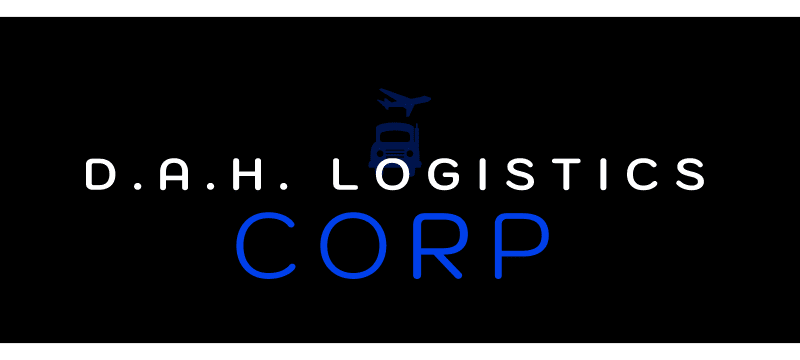All Posts

Logistics Simplified: Three Keys to Solving Your Supply Chain Problems
Jan 26, 2022
In the supply chain, problems are often overcomplicated. It’s true that the major issues in the supply chain—which were confirmed through MH&L’s workforce survey process and published in an earlier article—are nuanced. However, manufacturers, 3PLs and others in the supply chain often get lost in the details. They feel there are so many factors to consider, so therefore the solution must be equally complex. That’s not true. As explained by the popular saying about how to eat an elephant (“one bite at a time”), overwhelming problems are best solved by simplifying how you look at the issue and taking small steps.
To solve the biggest challenges facing our industry, we have to focus on the fundamentals and simplifying the end goal. Fundamentally, the solutions to supply chain woes boil down to the right combination of three factors—technology, data and processes. Here’s how that would be applied to three of the top supply chain problems.
“Trouble finding skilled labor”
It’s no surprise that the current labor market is presenting a big challenge for organizations within the supply chain. Challenges are vast and range from finding top talent and helping an organization “speak Millennial” so the new labor generation can understand your organization’s tribal knowledge. To simplify the issue, just think about how you can help current employees be successful.
What we’ve seen is that employees appreciate when employers invest in them. Of course, the investment is intended to impact the bottom line, but when employees feel that their organization cares about them and wants to make their lives better, they want to reciprocate and are more invested in the organization’s success.
A simple way to do this is by upgrading technologies so employees can be successful. Rather than the constant headache of battling with archaic equipment and resolving distractions, workers can focus on their responsibilities. They’ll feel more accomplished and less stressed. Also, when you upgrade technologies, choose equipment that’s familiar. For example, using smartphones and tablets instead of barcode scanners can make it easier to train your employees and for them to get work done.
Another way employers can help their employees be successful is by being transparent with how they’re measuring workers. If an employee can see how their company measures their productivity and let them know how they’re measured against all the employees in that zone, they will work harder and understand how they can help their company be competitive. Setting up incentive pay based on improving operations is a way to not only motivate the workforce, but also show that the company rewards improvement.
Improving processes also helps solve labor issues because it increases the productivity of employees. With the correct operational setup, it’s easier to train employees—taking hours instead of days—and increases overall efficiency. If an organization achieves a three-fold efficiency gain (which isn’t uncommon), then two-thirds less labor is needed for the same productivity. Instead of filling six positions, you only need to fill two. Plus, instead of needing someone with a lot of experience, you can train less experienced people quickly and they can have the same impact.
When employees are happier, and more work is getting done, it makes it easier to attract new talent while simultaneously alleviating staffing pressure.
Original Post: https://www.mhlnews.com/transportation-distribution/article/22055197/logistics-simplified-three-keys-to-solving-your-supply-chain-problems
Contact Us
How Can We Help?
Contact us with any questions.
